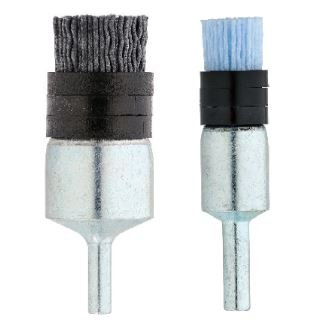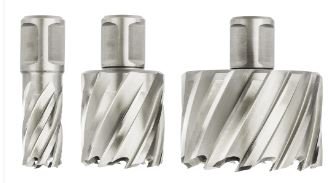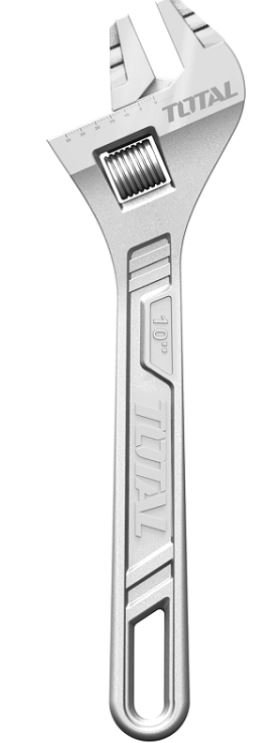Unique Easy Breathing Disposable Respirators
Multiple options for Hearing Protection and Dispensers.
Adapt Safety Glasses - designed to wear more comfortably with disposable Respirators
SHIMS
SLOTTED SHIMS
Abrasive End Brushes
Nylon Disc Brushes
Fine Blanking Disc Brush
Annular Cutters





























